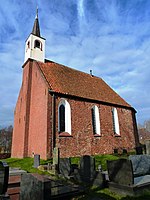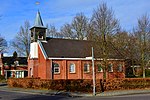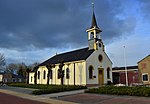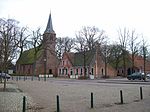Leek, Netherlands
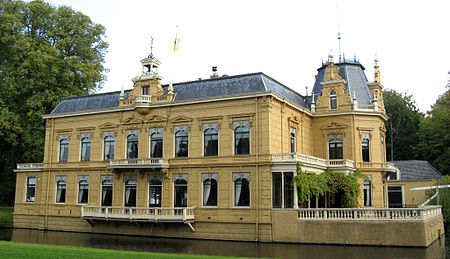
Leek (Dutch: [leːk] ; Gronings: De Laik; West Frisian: De Like) is a village and former municipality in Groningen province in the northeastern Netherlands. The municipality, which bordered the Drenthe and Friesland provinces, was merged into the municipality of Westerkwartier on 1 January 2019.The village of Leek is approximately 20 km west of Groningen (city) on the A7 (E22) highway. The village grew around a fortification that was constructed during the Eighty Years' War with Spain. The name 'Leek' was derived from a brook, the "Leke". The town is sometimes also called "De Leek". In Dutch, the people from Leek are called "Leeksters". Every year around Pentecost there is a fair (Pinkstermarkt), drawing thousands of people from the area. Near the village is a shallow lake, the Leekstermeer (also known as Zulthermeer), with recreational facilities, but the lake is in another municipality and in another province.
Excerpt from the Wikipedia article Leek, Netherlands (License: CC BY-SA 3.0, Authors, Images).Leek, Netherlands
Tolberterstraat, Westerkwartier
Geographical coordinates (GPS) Address Nearby Places Show on map
Geographical coordinates (GPS)
| Latitude | Longitude |
|---|---|
| N 53.166666666667 ° | E 6.3833333333333 ° |
Address
Tolberterstraat
Tolberterstraat
9351 BE Westerkwartier
Groningen, Netherlands
Open on Google Maps




